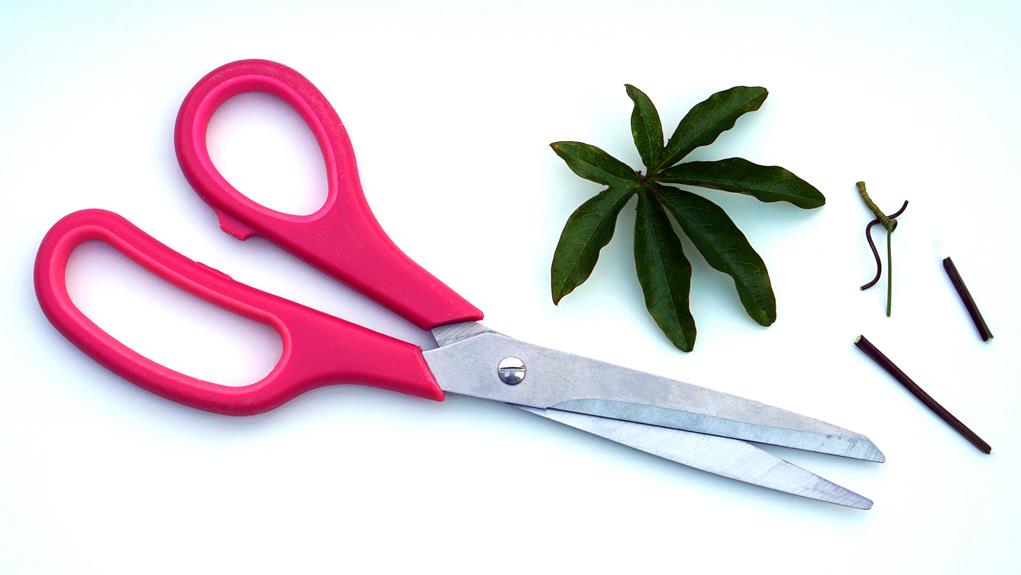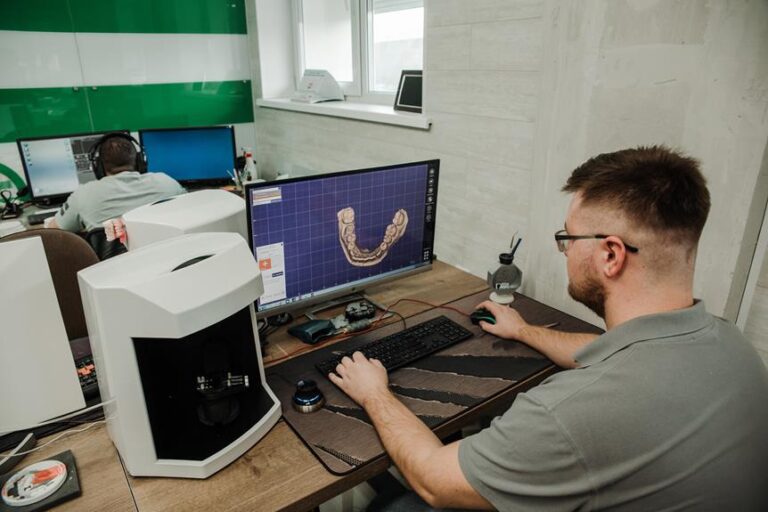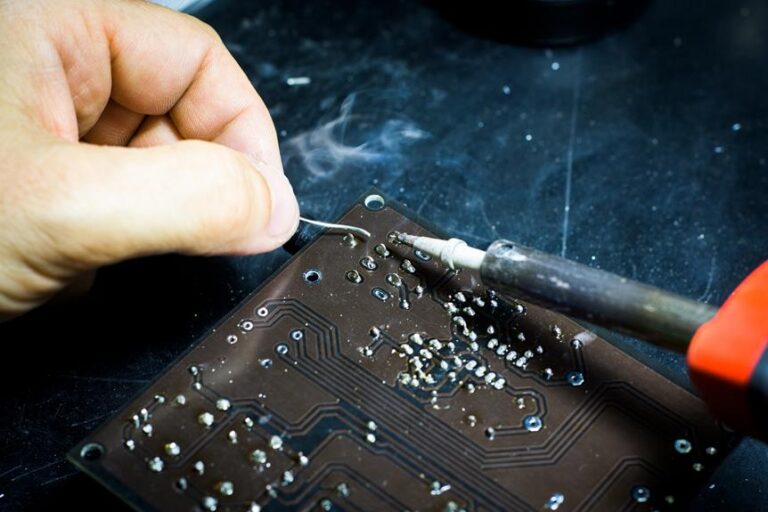Cost-effective DIY 3D Printing Solutions: Save on Materials and Equipment
Imagine a world where cost-effective DIY 3D printing solutions allow you to save on materials and equipment. This article explores the possibilities of maximizing efficiency, choosing budget-friendly options, and implementing sustainable practices in the realm of 3D printing.
Learn how to save on materials, find affordable 3D printers, and optimize post-processing techniques. Join us on this liberating journey towards unlocking the potential of DIY 3D printing, where affordability meets creativity and innovation.
Key Takeaways
- Consider personal requirements and preferences when selecting a budget-friendly 3D printer, taking into account factors such as print quality, build volume, and ease of use.
- Opt for generic brands of PLA filament and buy ABS filament in bulk to save on material costs without compromising quality.
- Explore DIY solutions for 3D printing equipment, such as building your own printer or modifying existing ones, to save money.
- Maximize efficiency in post-processing techniques by automating repetitive tasks, implementing batch processing, and using optimized support structures.
Choosing the Right 3D Printer: Budget-friendly Options
When selecting a budget-friendly 3D printer, it is important to consider personal requirements and preferences. Cost-effective DIY 3D printing solutions are becoming increasingly popular as they allow individuals to create their own 3D objects without breaking the bank. Affordable DIY printing offers a way to explore the potential of 3D printing technology without investing in expensive equipment.
When looking for a budget-friendly 3D printer, one should consider factors such as print quality, build volume, and ease of use. It is essential to find a printer that meets your specific needs while staying within your budget. Some popular options for cost-effective DIY 3D printing include the Creality Ender 3, Anet A8, and Prusa i3 MK3. These printers offer a balance between affordability and functionality, making them suitable for beginners and enthusiasts alike.
Additionally, it is important to consider the ongoing costs associated with 3D printing. This includes the cost of filament, which is the material used to create the 3D objects. Some printers may have specific filament requirements, so it is crucial to factor in these costs when making a decision.
Cost-saving Tips for 3D Printing Materials
To minimize expenses and optimize the use of resources, implementing cost-saving measures and strategies for 3D printing materials is essential. DIY printing on a budget requires careful consideration of the materials used, as they can significantly contribute to the overall cost of 3D printing projects. Here are some cost-saving tips for 3D printing materials:
| Material | Cost-saving Tip | Benefits |
|---|---|---|
| PLA Filament | Opt for generic brands | Generic brands are often less expensive than well-known brands, without compromising quality. |
| ABS Filament | Buy in bulk | Purchasing a larger quantity of ABS filament can result in significant cost savings over time. |
| PETG Filament | Use recycled materials | Recycling plastic bottles and containers to create PETG filament reduces the need to purchase new materials. |
| TPU Filament | Reduce infill density | Lowering the infill density can reduce the amount of TPU filament used, resulting in cost savings. |
| Metal Filament | Utilize metal-infused PLA | Metal-infused PLA filament provides a cost-effective alternative to pure metal filament while still achieving metallic finishes. |
DIY Solutions for 3D Printing Equipment
Cost-conscious makers can explore various cost-effective DIY solutions for their 3D printing equipment, enabling them to save on upfront costs while still achieving high-quality prints.
One option is to build their own 3D printer using open-source designs and readily available components. There are numerous online communities and forums where makers can find detailed instructions and support for building their own printers, allowing them to customize their equipment to meet their specific needs.
Another option is to upgrade and modify existing 3D printers to improve their performance and functionality. This can include installing better extruders, adding heated beds, or upgrading the control board. By making these modifications themselves, makers can save money compared to buying a brand-new printer with similar features.
Additionally, makers can consider purchasing used 3D printers or kits from other makers who are upgrading or selling their equipment. This can be a cost-effective way to acquire a 3D printer, as long as the machine is in good condition and meets the maker's requirements.
By exploring these DIY solutions for 3D printing equipment, makers can save money and still achieve high-quality prints.
In the next section, we will discuss how to maximize efficiency in post-processing techniques to further optimize the 3D printing process.
Maximizing Efficiency in Post-processing Techniques
Efficiency is a key factor to consider when optimizing post-processing techniques in DIY 3D printing. To maximize efficiency, here are four techniques that can help you achieve faster and more effective post-processing:
- Automate repetitive tasks: By automating repetitive tasks such as sanding or polishing, you can save time and effort. Utilize tools like rotary tools or sanding machines to streamline these processes and achieve consistent results.
- Implement batch processing: Processing multiple prints simultaneously can significantly reduce the overall processing time. Design your workflow to accommodate batch processing, allowing you to optimize your time and resources.
- Use optimized support structures: Designing and using optimized support structures can reduce the time and effort required for post-processing. Consider utilizing support generation software or experimenting with different support structure patterns to minimize the amount of support material needed and simplify its removal.
- Leverage chemical solutions: Chemical solutions, such as acetone for smoothing ABS prints or isopropyl alcohol for cleaning resin prints, can enhance the efficiency of post-processing. These solutions can help achieve smoother finishes or remove excess resin more effectively.
Implementing Sustainable Practices in DIY 3D Printing
One key aspect of implementing sustainable practices in DIY 3D printing is the careful selection and utilization of eco-friendly materials. The choice of materials plays a crucial role in reducing the environmental impact of 3D printing. Traditional filaments such as ABS and PLA, while widely used, are derived from non-renewable resources and can emit harmful fumes during the printing process.
To address this issue, there has been a rise in the availability of eco-friendly filaments that are made from renewable resources such as cornstarch, bamboo, or recycled plastics. These materials not only reduce the carbon footprint but also offer comparable strength and durability to their traditional counterparts.
Furthermore, the implementation of sustainable practices extends beyond material selection. It also involves optimizing the printing process to minimize waste and energy consumption. This can be achieved through proper calibration of the 3D printer, which ensures accurate and efficient printing, reducing the need for reprints. Additionally, using support structures only when necessary and optimizing the design of the models can also help reduce material waste.
Frequently Asked Questions
How Do I Choose the Right 3D Printer if I Have a Limited Budget?
When choosing a 3D printer on a limited budget, consider factors such as print quality, build volume, and compatibility with materials. Research user reviews, compare prices, and prioritize features that align with your specific needs.
Are There Any Cost-Saving Tips for 3D Printing Materials That Can Help Me Reduce Expenses?
When it comes to reducing expenses in 3D printing, there are various cost-saving tips for materials. By optimizing printing settings, using less support material, and exploring alternative filament options, one can effectively save on expenses.
Can You Provide Some DIY Solutions for 3D Printing Equipment That Are Affordable and Effective?
Affordable and effective DIY solutions for 3D printing equipment can be found through various methods such as building your own printer, utilizing open-source designs, and repurposing existing components. These options can help reduce expenses while maintaining quality and functionality.
What Are Some Techniques for Maximizing Efficiency in Post-Processing 3D Printed Objects?
Maximizing efficiency in post-processing 3D printed objects requires a combination of techniques. These may include optimizing support structures, using appropriate finishing methods, and utilizing advanced software tools to streamline the process.
Are There Any Sustainable Practices That Can Be Implemented in DIY 3D Printing to Reduce Environmental Impact?
Implementing sustainable practices in DIY 3D printing can significantly reduce its environmental impact. By using recycled materials, optimizing print settings to minimize waste, and properly disposing of unused materials, users can contribute to a greener and more sustainable approach to 3D printing.
Conclusion
In conclusion, by choosing budget-friendly 3D printers, employing cost-saving tips for materials, utilizing DIY solutions for equipment, and maximizing efficiency in post-processing techniques, individuals can save on expenses while still enjoying the benefits of 3D printing.
Moreover, implementing sustainable practices in DIY 3D printing not only reduces costs but also contributes to a greener environment.
So, why wait? Start exploring these cost-effective DIY solutions today and unlock the endless possibilities of 3D printing.









